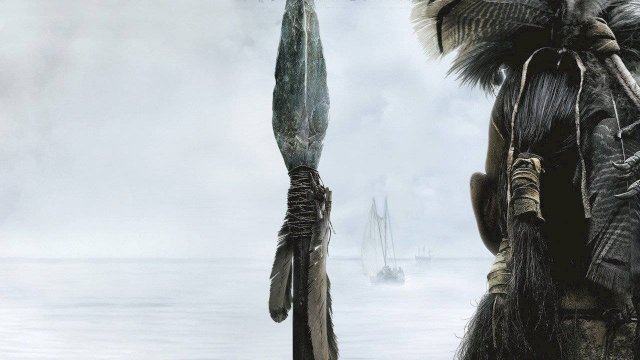
Those who chiseled out new lives for themselves in the wilderness of North America did so for various reasons-to gain religious freedom, to obtain jobs, to take advantage of new farming opportunities, to enjoy a better standard of living than the overpopulated country of England could offer, even to try their hand at "get rich quick" schemes in the bountiful New World.Īs word of the New World's ample resources got back to Great Britain, colonizing companies were established with money from British investors. (The New World is a European term for North and South America.) The influx of bullion into Europe became significant in the late 1520s, and from about 1550 it began to produce a profound effect upon the economy of the Old World.Although English exploration of the North American continent began at the turn of the sixteenth century, the English did not establish permanent settlements in the vast New World territory until much later. By the middle of the century, the age of the conquistadores was replaced by an era of colonization, based both on the procurement of precious metal by Indian labour and on pastoral and plantation economies using imported African slaves.

The seizure of Peru by Francisco Pizarro and the enforcement of Portuguese claims to Brazil completed the major steps in the Iberian occupation of the continent.

In 1519, the year in which Ferdinand Magellan embarked on the westward circumnavigation of the globe, Hernán Cortés launched his expedition against Mexico. The two states acting as the vanguard of the expansion of Europe had thus divided the newly discovered sea lanes of the world between them.īy the time of the Treaty of Saragossa, when Portugal secured the exclusion of Spain from the East Indies, Spain had begun the conquest of Central and South America. The Treaties of Tordesillas and Saragossa in 14 defined the limits of westward Spanish exploration and the eastern ventures of Portugal. Similar hopes inspired Spanish exploitation of the discovery by Christopher Columbus of the Caribbean outposts of the American continent in 1492. Mercantile interests, crusading and missionary zeal, and scientific curiosity were intermingled as the motives for this epic achievement. In the last years of the 15th century, Portuguese navigators established the sea route to India and within a decade had secured control of the trade routes in the Indian Ocean and its approaches. In the Iberian Peninsula the impetus of the counteroffensive against the Moors carried the Portuguese to probe the West African coastline and the Spanish to attempt the expulsion of Islam from the western Mediterranean.
The new world how to#

Britannica Classics Check out these retro videos from Encyclopedia Britannica’s archives.


 0 kommentar(er)
0 kommentar(er)
